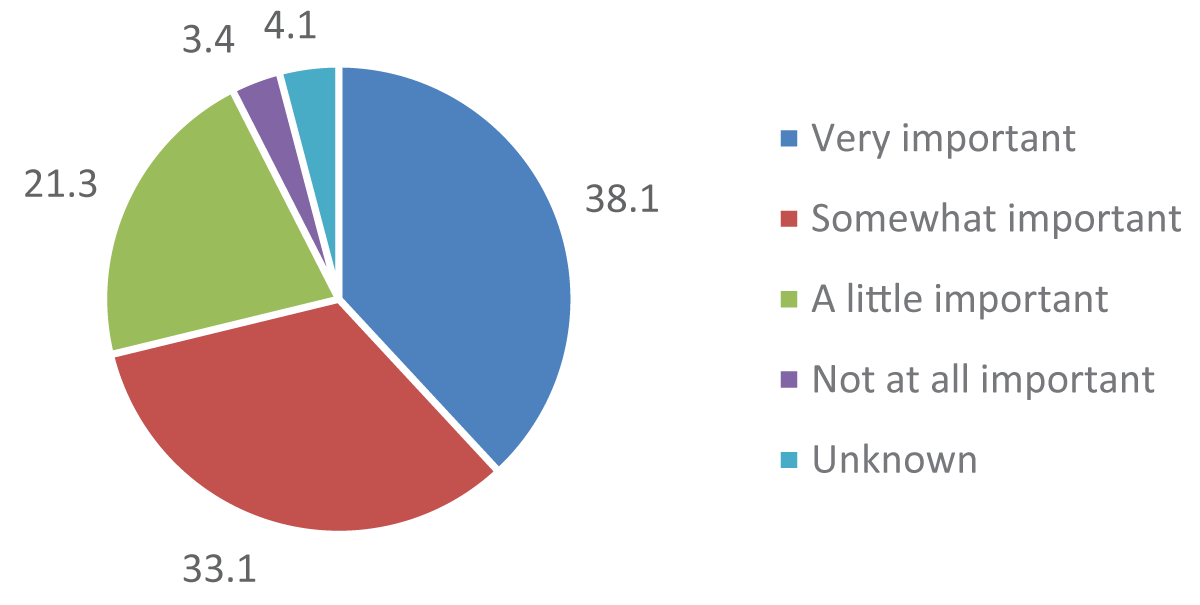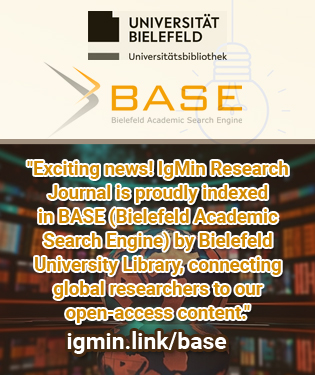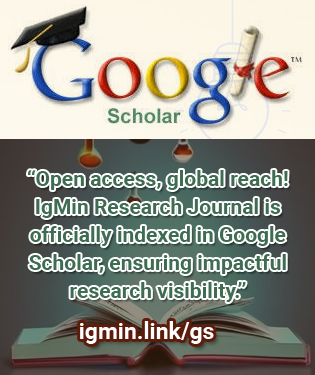要約
Cyber Threat Analysis (CTA) in current conflicts focuses on identifying, monitoring, and assessing potential cyber threats. The main objective is to understand how the parties to the conflict use information and network technologies to conduct warfare, espionage, disinformation, or attacks on digital infrastructure. This analysis includes the identification of actors involved in conflicts and their targets in cyberspace, as well as the analysis of techniques and tools used in cyber activities. The aim of the article is to identify the role of cyber threat analysis in the context of two current conflicts - the war in Ukraine and the Hamas attack on Israel. The article describes the essence of cyber threat analysis. The research problem focuses on identifying and understanding the role of cyber threat analysis in these conflicts and their potential consequences for international security and regional stability. Through the analysis of reports, online sources, and scientific literature, the article aims to familiarize readers with the role of cyber threat analysis in the context of these conflicts and to propose possible strategies for cyber risk management in the face of contemporary armed conflicts. The results of the analysis of cyber threats (CTA) in current conflicts include the identification of specific actors operating in cyberspace, their modus operandi, their objectives, and the techniques and tools used. In addition, the analysis can reveal existing vulnerabilities in digital security and areas that are particularly vulnerable to attacks. To sum up, it is necessary to create recommendations and directions for changes regarding the strengthening of digital security measures, such as software updates, implementation of network security, and increasing staff awareness of cyber threats. In addition, the CTA may suggest the need for better international cooperation to combat cyber threats and the need to develop strategies to prevent and respond to cyber-attacks.







